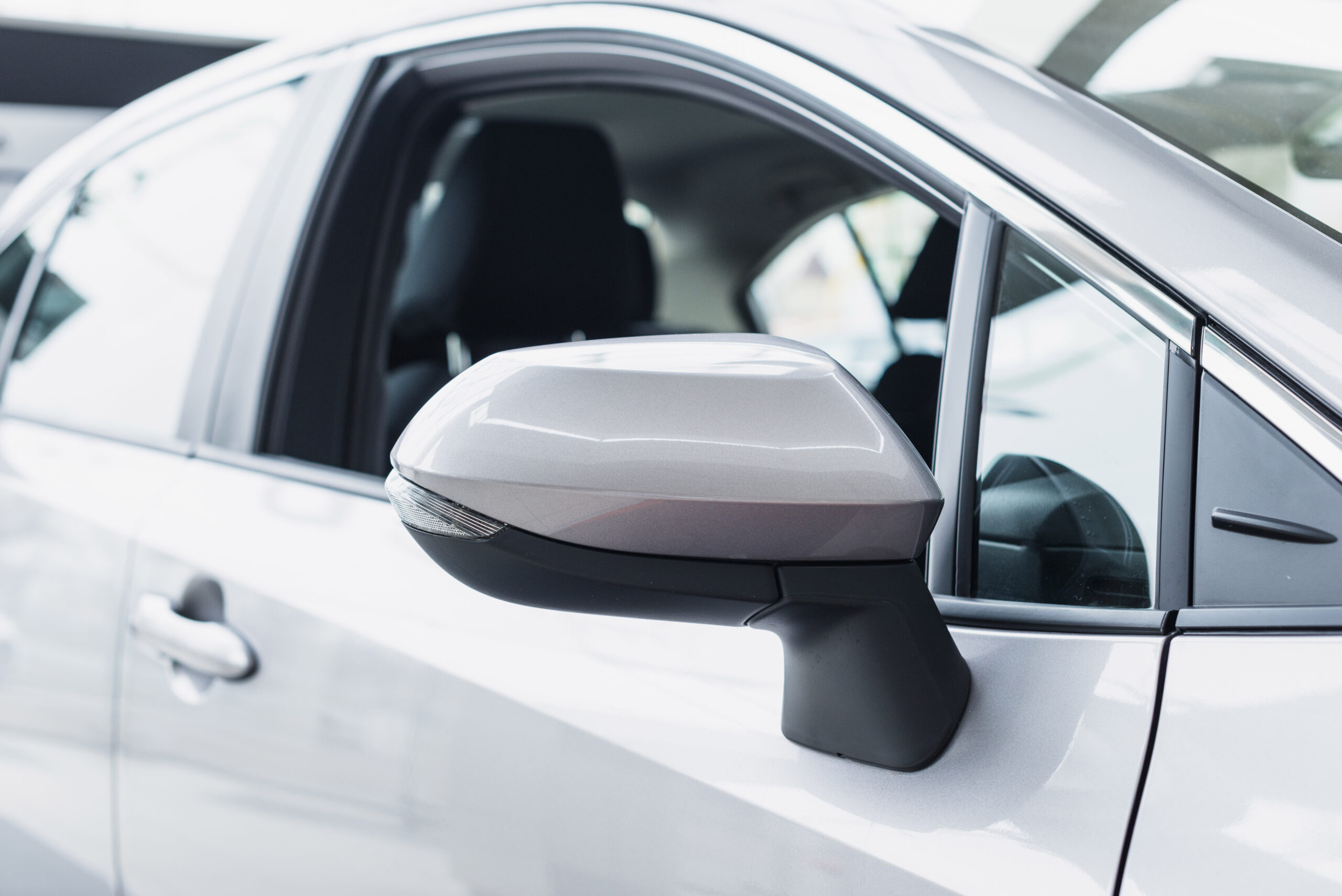Expert Auto Glass Repair & Replacement in Houston, TX
Quality Work Guaranteed!
Call Us (713) 678-7311
Fast & Free Quote!
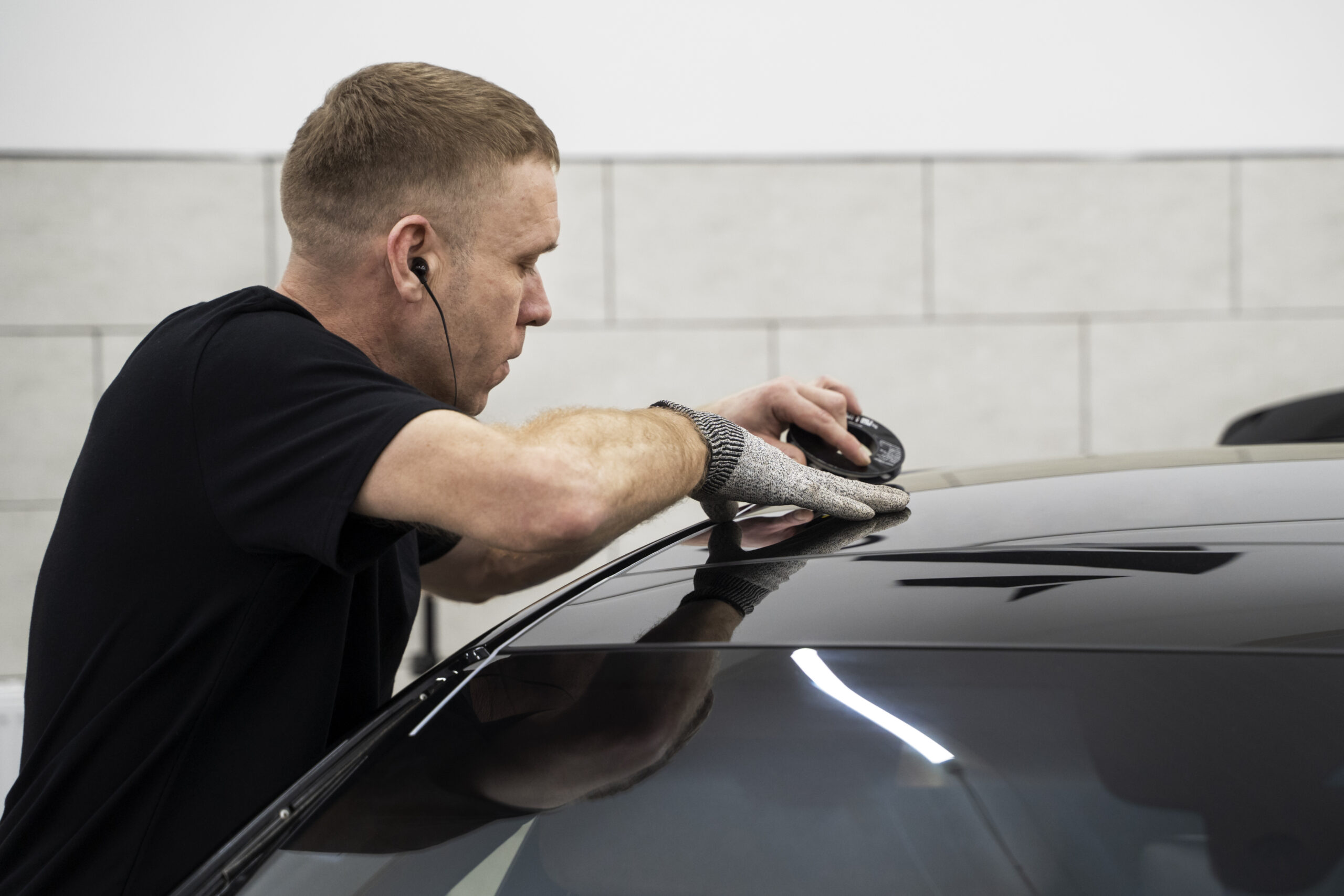
Windshield Replacement
Drive with clarity and safety, book your windshield replacement with us today!
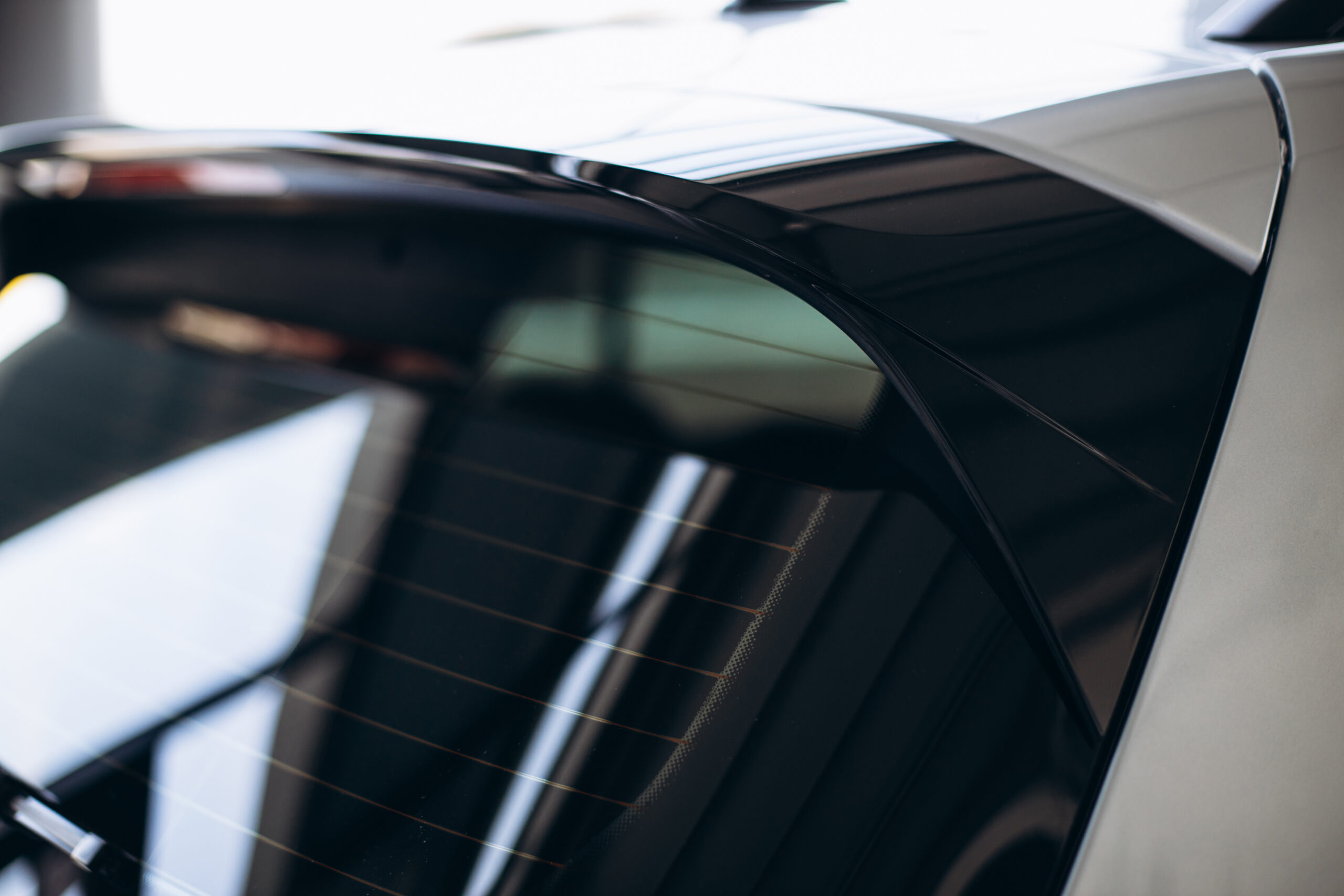
Back Glass Replacement
Don't let a shattered back glass compromise your vehicle's security.
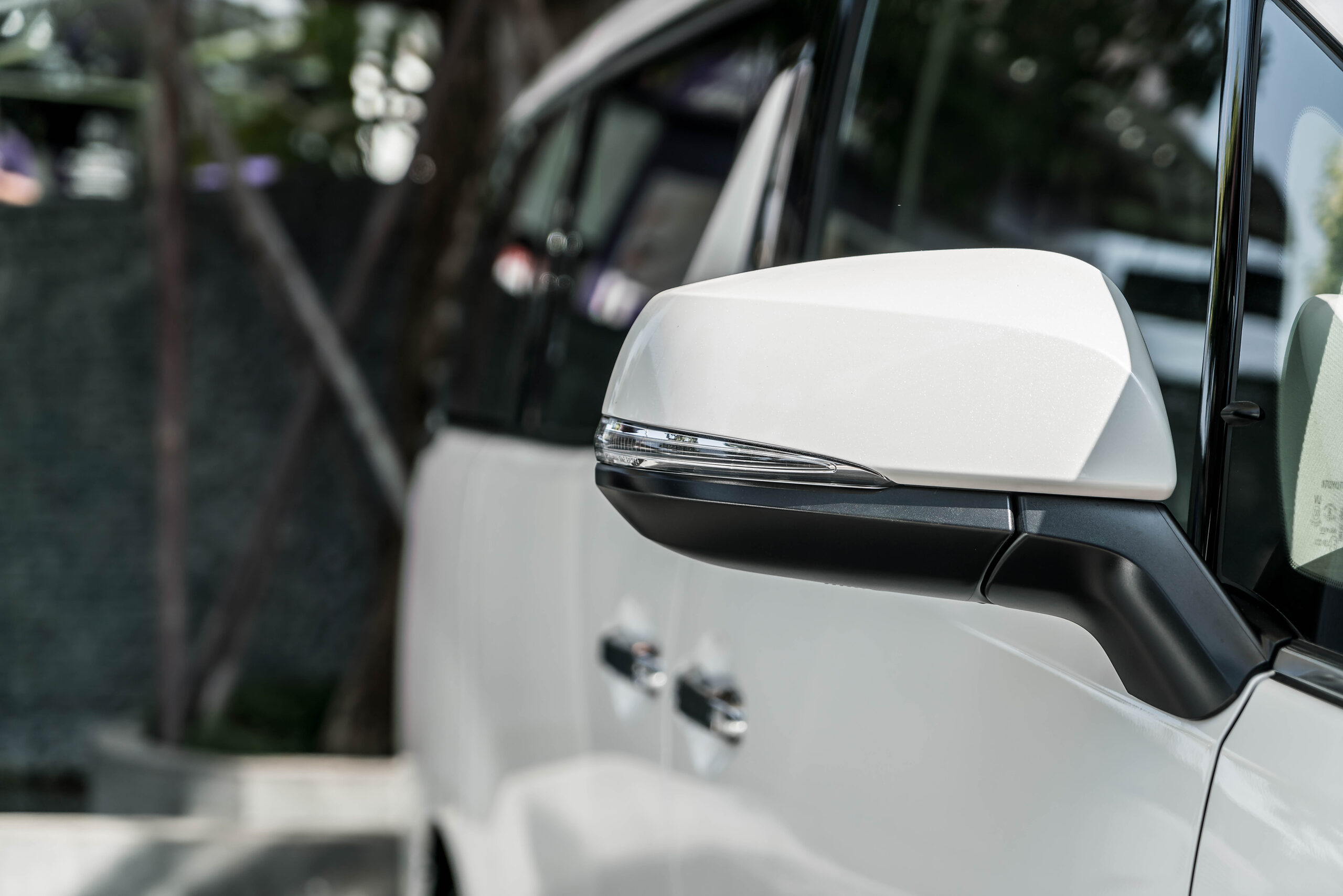
Power Window Repair
Drive with clarity and safety, book your windshield replacement with us today!
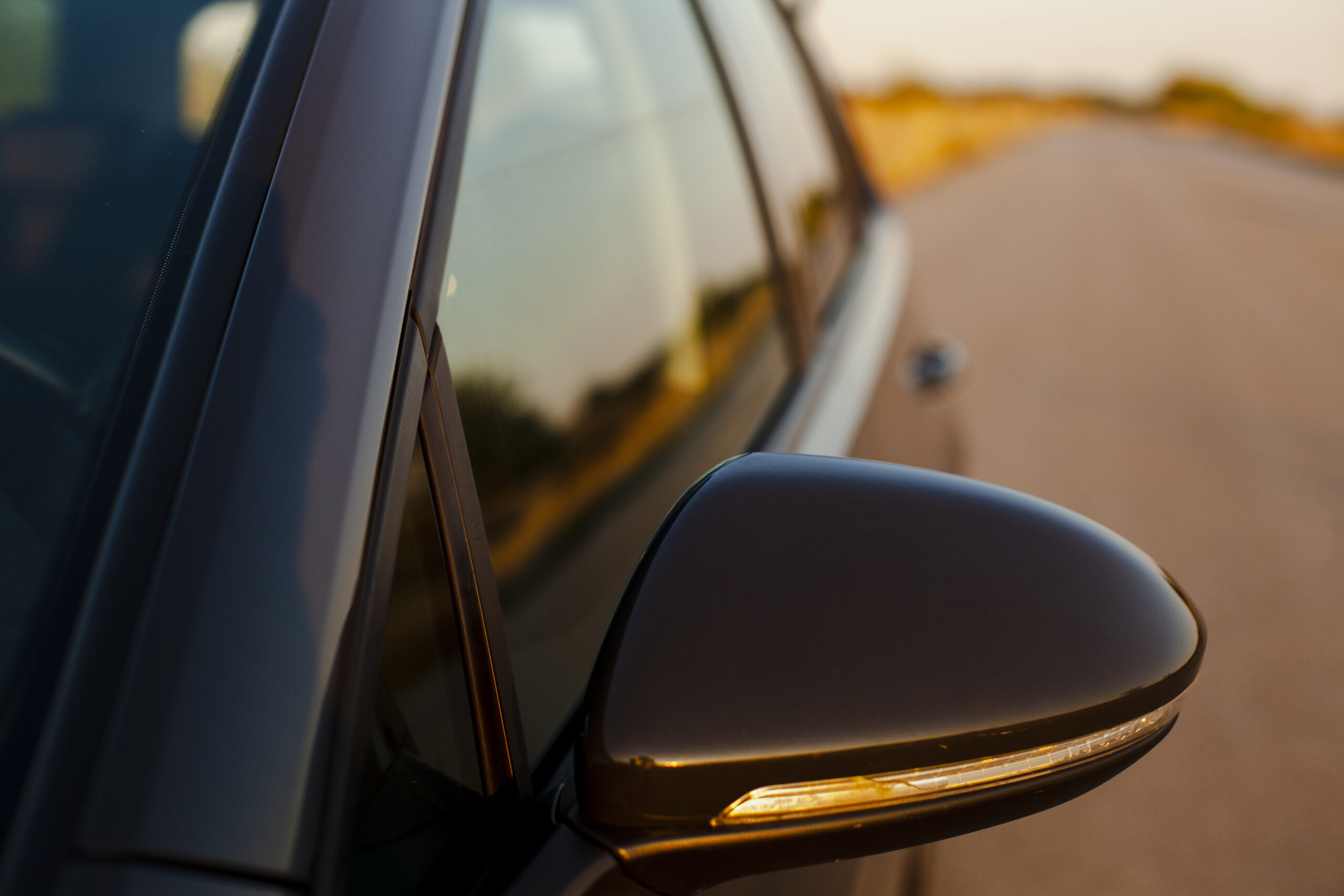
Safety Systems Recalibration
Let's take care of your ADAS, we will calibrate it properly for you.
Low Price Auto Glass Repair Quote!
Why us
Things that define us as the highest quality lowest price auto glass company
At Super Low Price Auto Glass, our defining attributes as the premier, cost-effective auto glass company are clear: unbeatable prices, comprehensive services, and unmatched convenience. We pledge to offer the lowest prices, ensuring we’re never outpriced, alongside a steadfast guarantee of our workmanship. Whether you need new or used glass, a quick chip repair, or even custom Plexiglas solutions, we’ve got you covered. Plus, our mobile service in the Houston area promises seven-day-a-week availability to meet you wherever you are, saving you time and hassle. With us, quality meets convenience at a price that’s hard to beat.
Range of Services
At Super Low Price Auto Glass, we offer a wide range of services for all your auto glass needs. Our service includes domestic and foreign glass installation, power window repair, custom window work (Plexiglas), chip repair and window tinting for cars and trucks.
Our Prices
We will beat any price. We will never be undersold. We guarantee our workmanship, provide free estimates and have available new and used glass.
We Are Mobile
We understand that your time is precious That’s why we offer mobile glass service for vehicles in the Houston area. We’ll bring our services to you – seven days a week – at home or at work – whatever is most convenient for you.

Call us today at (713) 678-7311 to learn more about our products and services!
When you need fast, reliable glass repair or replacement, trust the professionals at Super Low Price Auto Glass. We have the lowest prices around, and our workmanship is guaranteed.
At Super Low Price Auto Glass, our experienced staff of professionals will deliver courteous service and guaranteed workmanship for the lowest prices around. We use top-quality products and pay close attention to detail. Contact us today to receive your free consultation.
The Highest-Quality Glass at the Guaranteed Lowest Price
At Super Low Price Auto Glass, we offer more than great auto glass replacement. Whether you need windshield repair or custom window work, we offer a talented, trained and professional team ready to treat you with the best in service, quality and price. Conveniently located in Houston, we are known for our safety as well as our customer satisfaction. Below are some of the many reasons to choose us:
- Mobile Services Available
- Domestic and Foreign Vehicles
- Custom Window Work
- Power Window Repair
- Custom Window Work (Plexiglas)
- Auto Glass Repair/Replacement
$5 OFF Any Windshield
GET THE STAR TREATMENT YOU DESERVE!
MUST PRESENT COUPON
(713) 678-7311

$5 OFF Any Purchase
ONLY VALID ON PURCHASES OVER $100
MUST PRESENT COUPON
(713) 678-7311

What our clients say
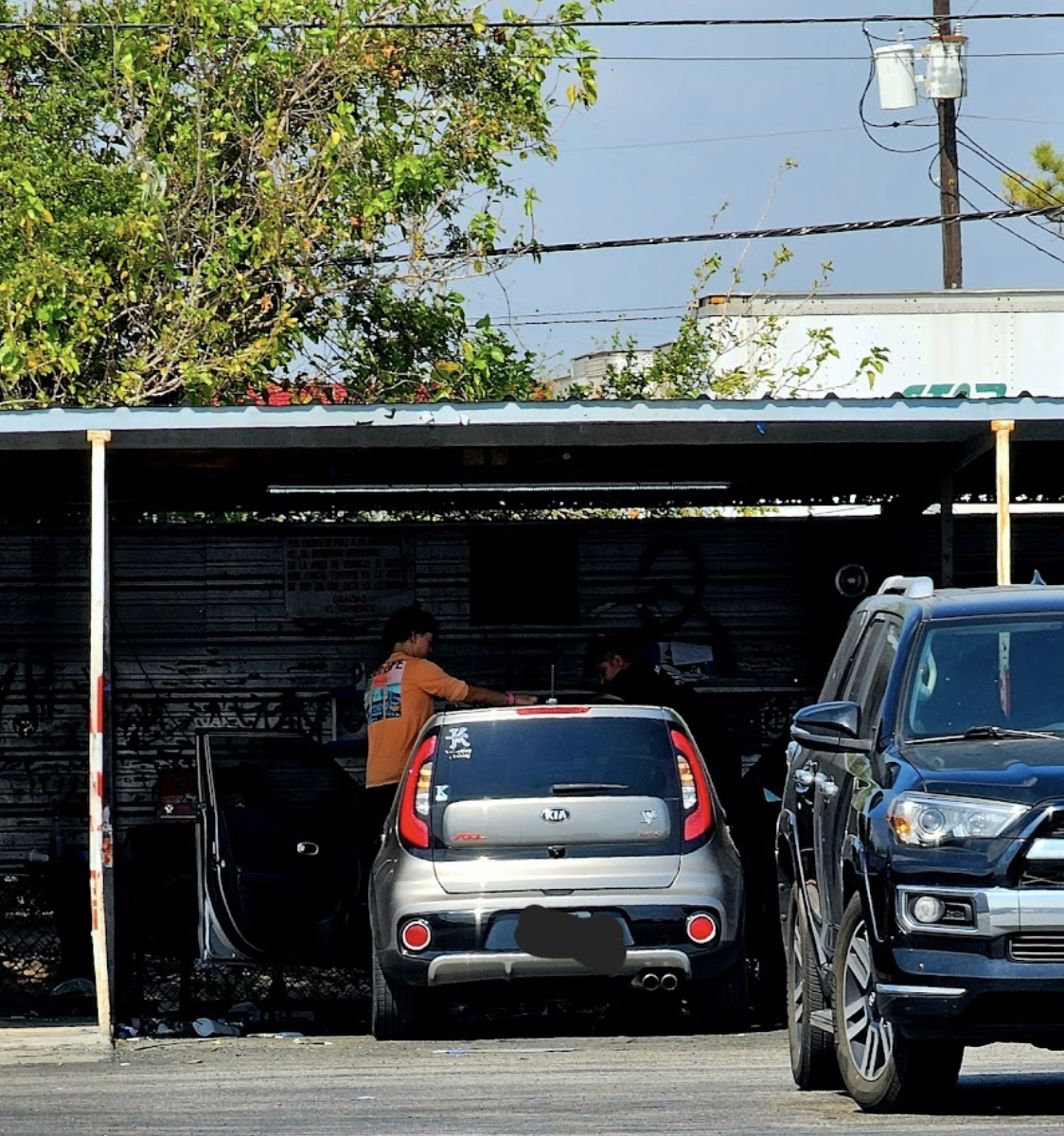
chipped or cracked windshield?
Get Your FREE Quote Right Now!
Choose Super Low Price Auto Glass in Houston, TX, for all your auto glass needs, and experience the difference our expertise and affordability can make. Join our growing list of satisfied customers who rely on us for "The Highest-Quality Glass at the Guaranteed Lowest Price." Contact us today and let us help you drive with confidence.
